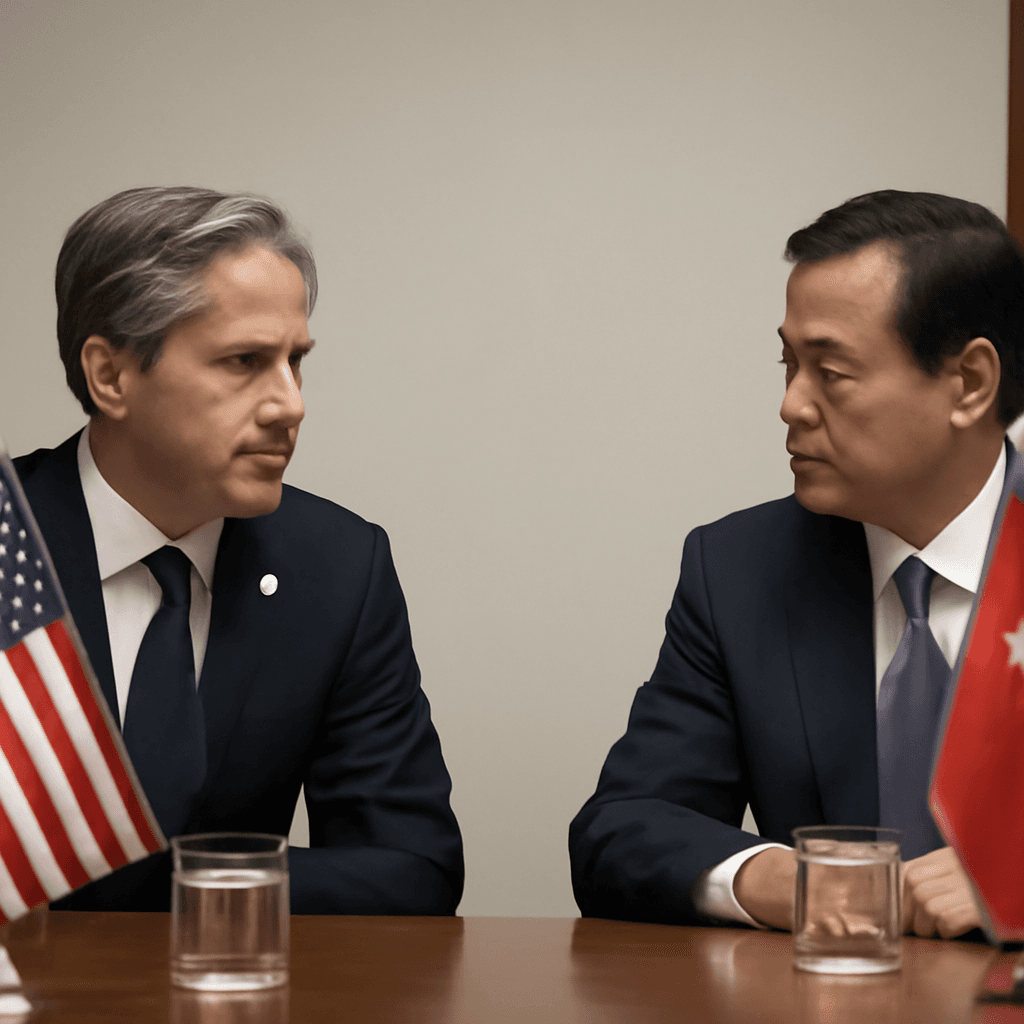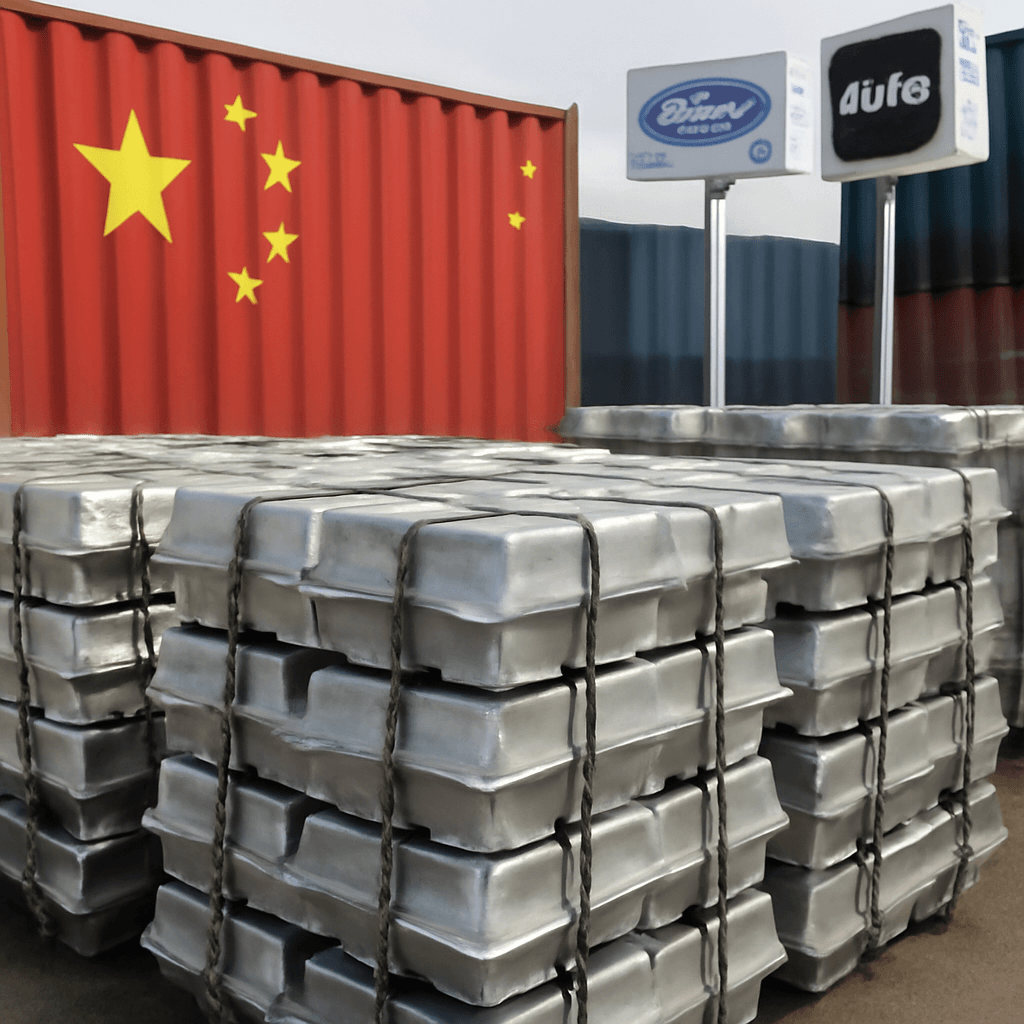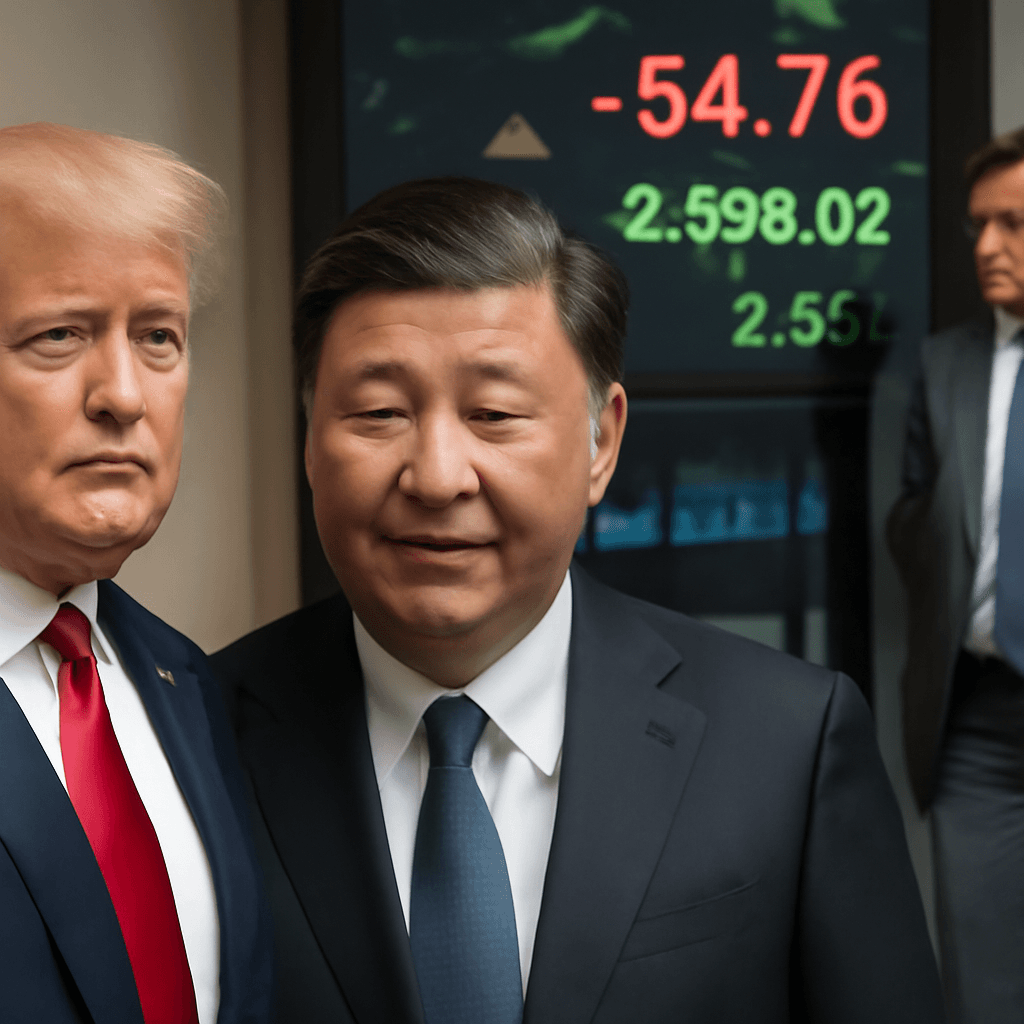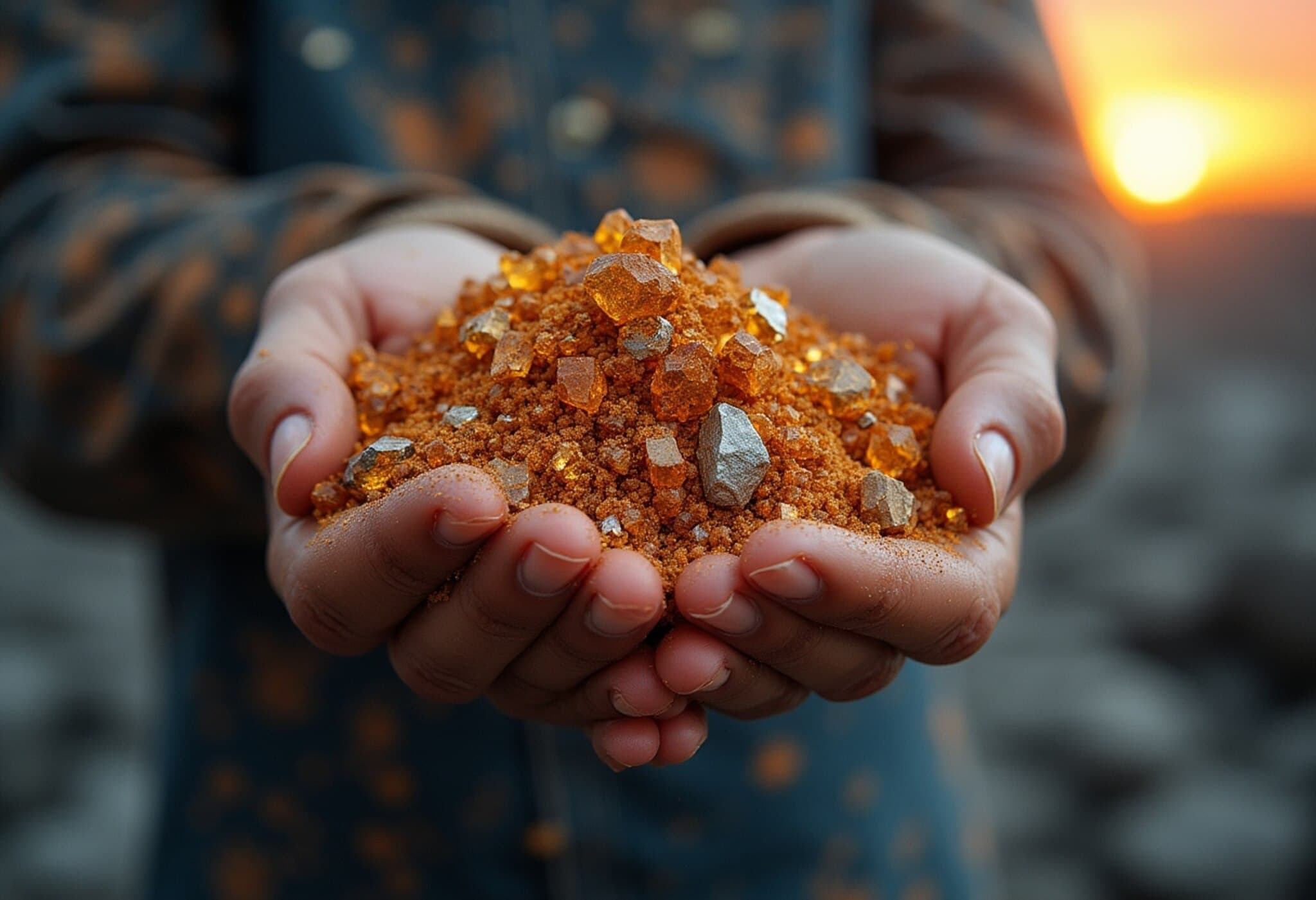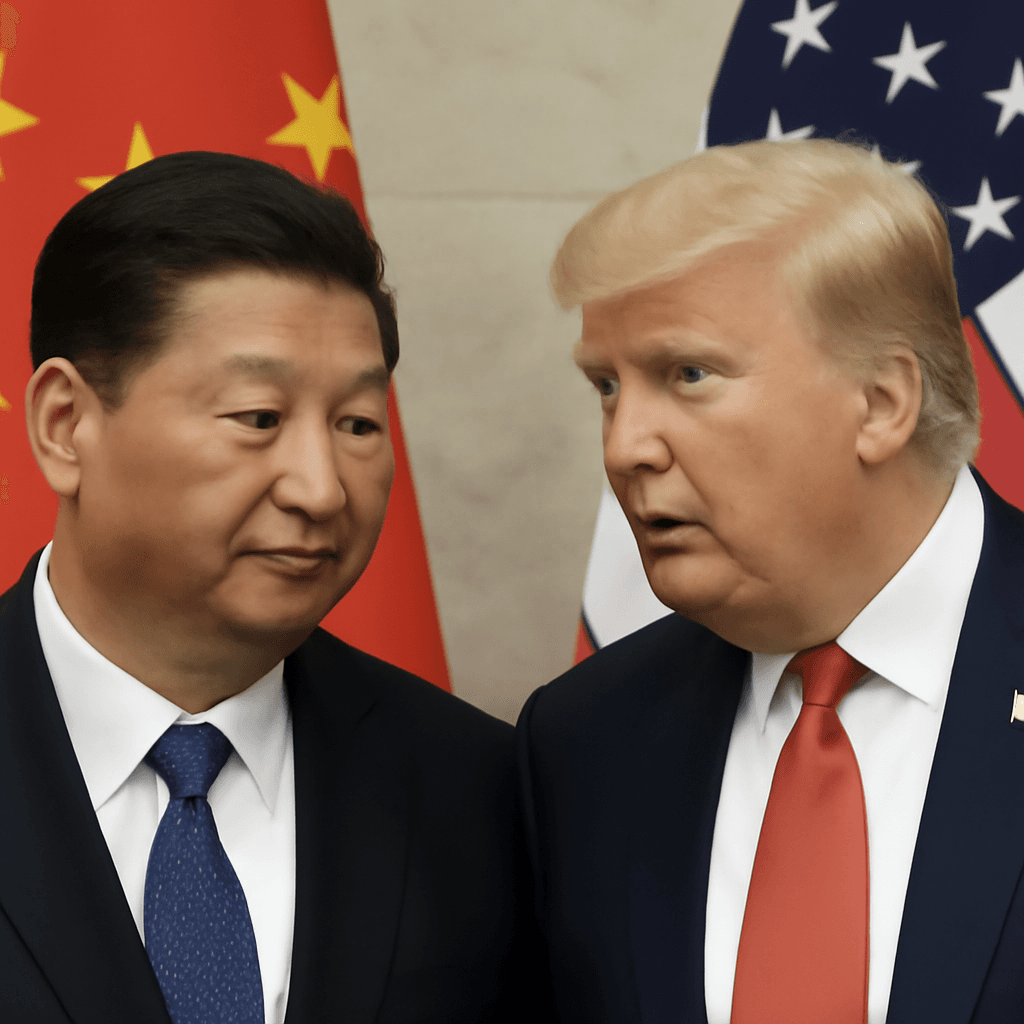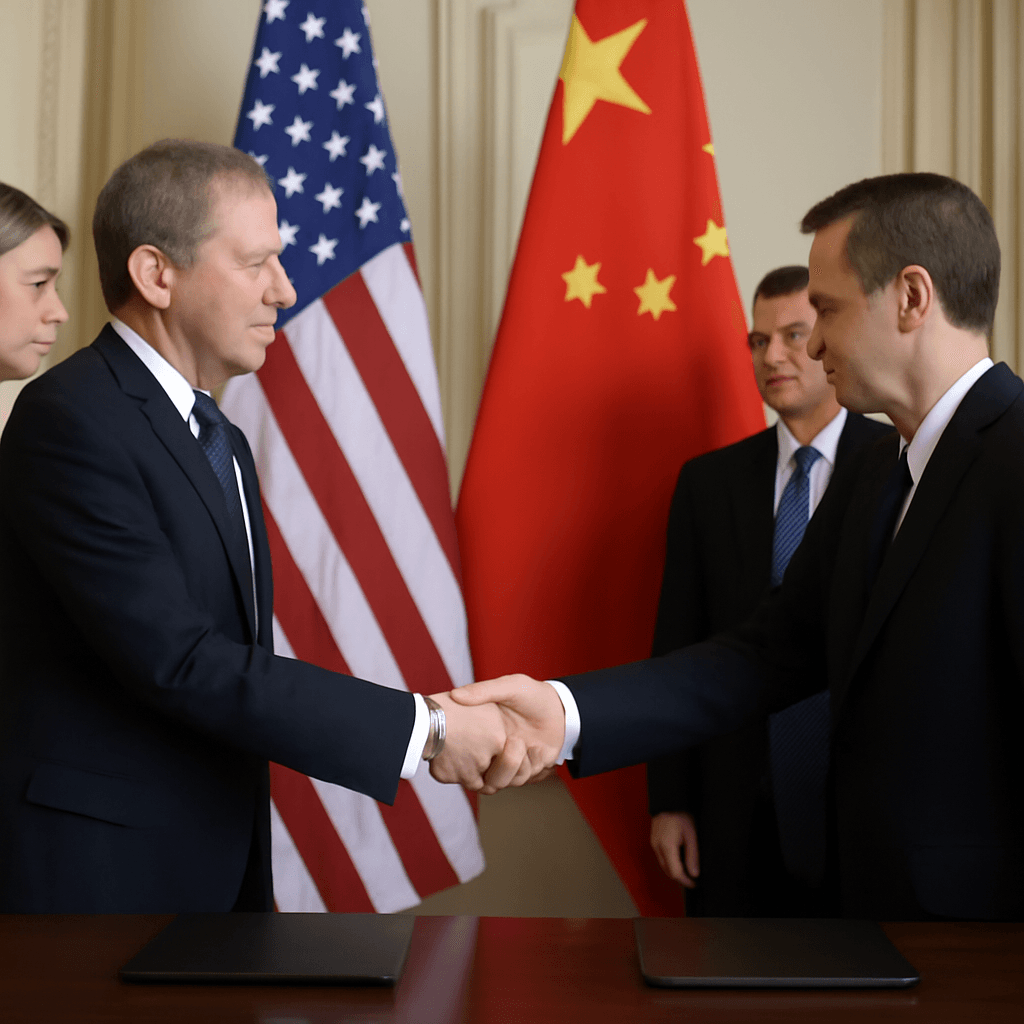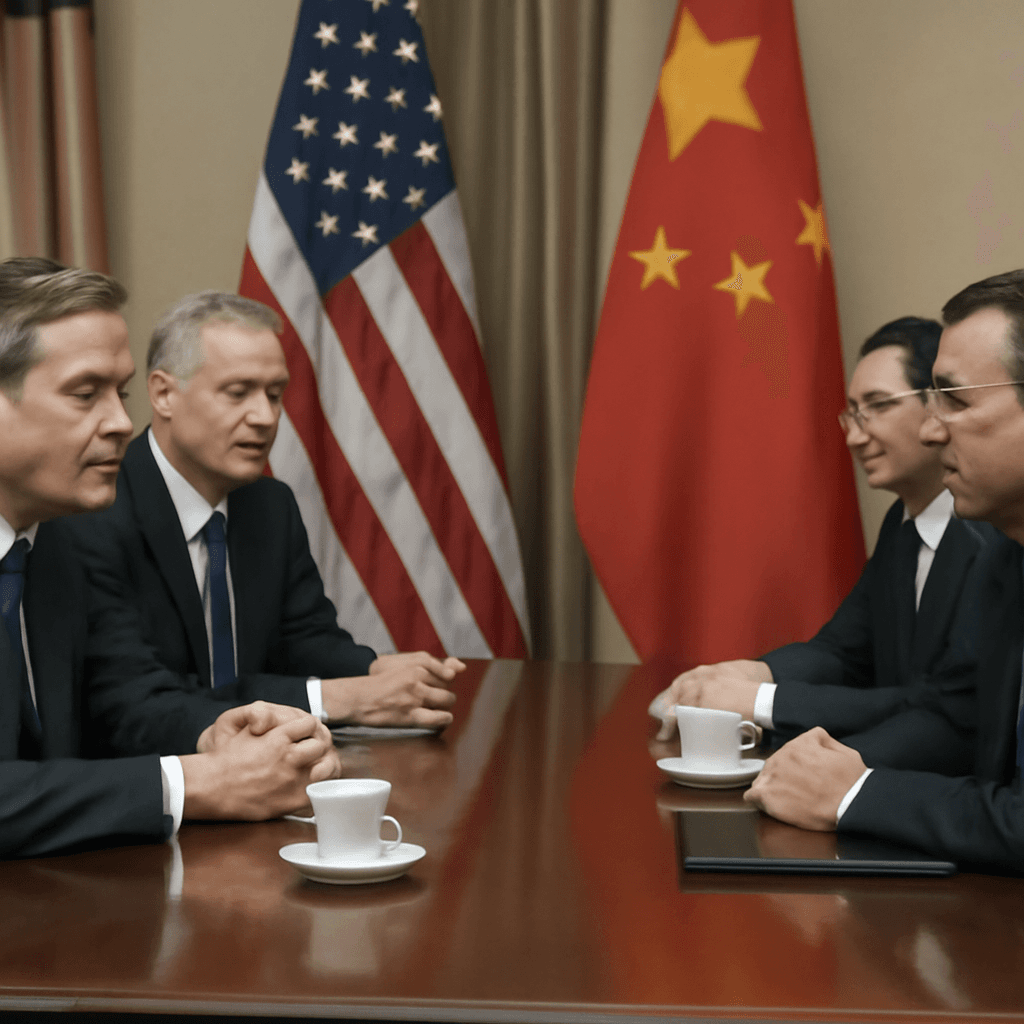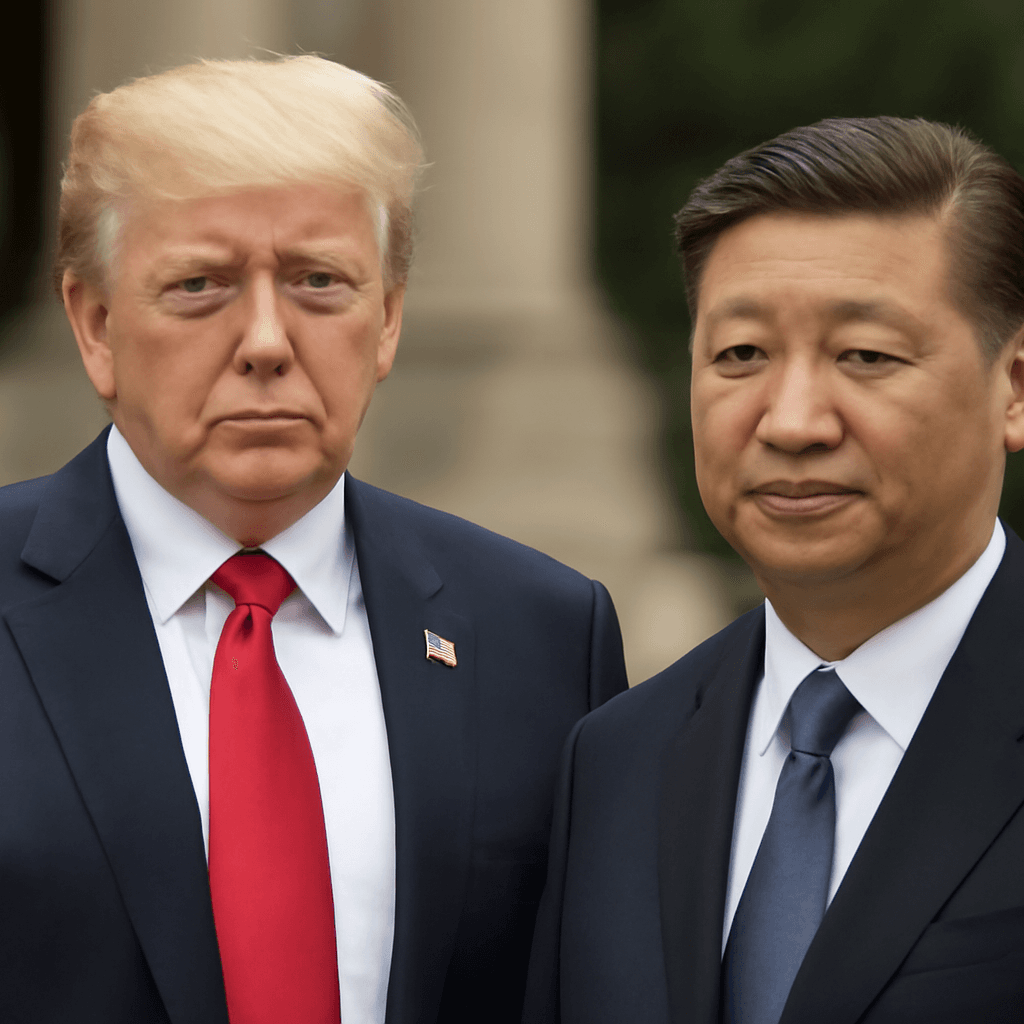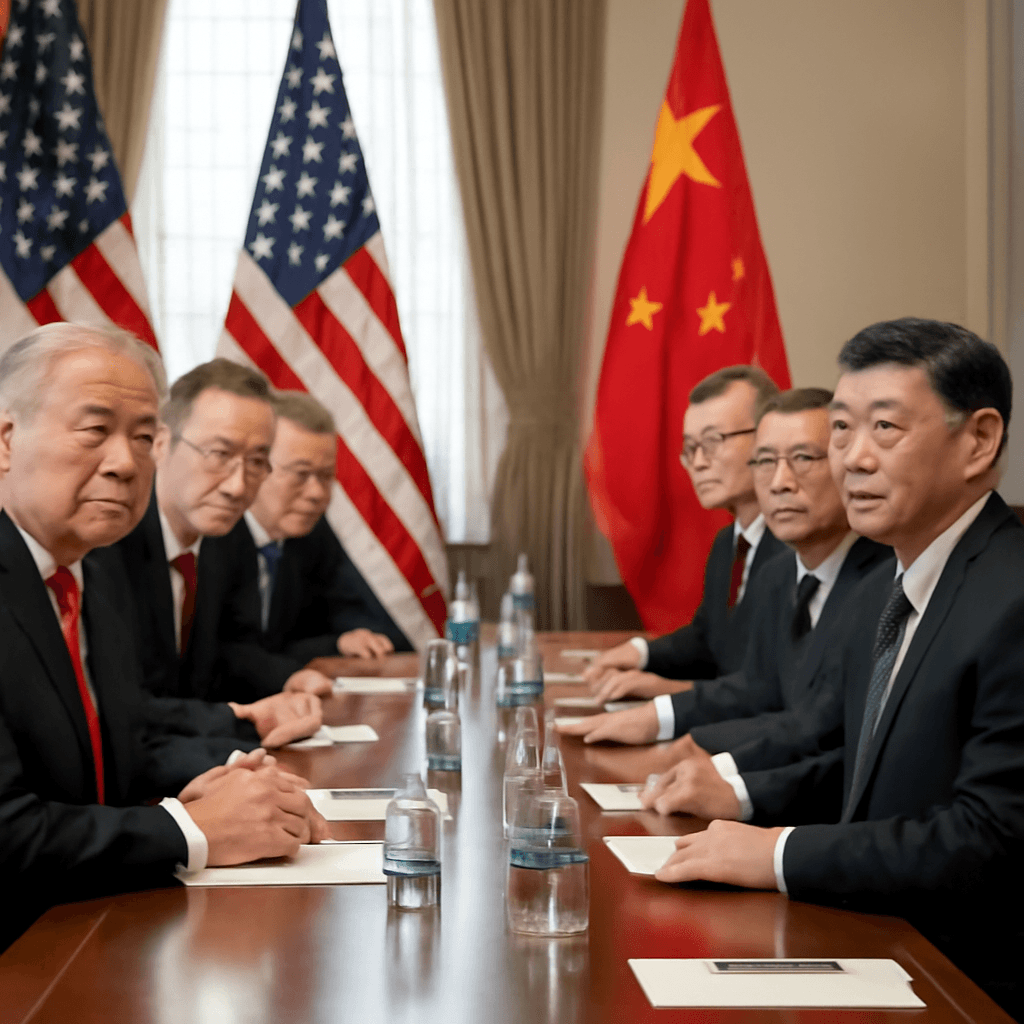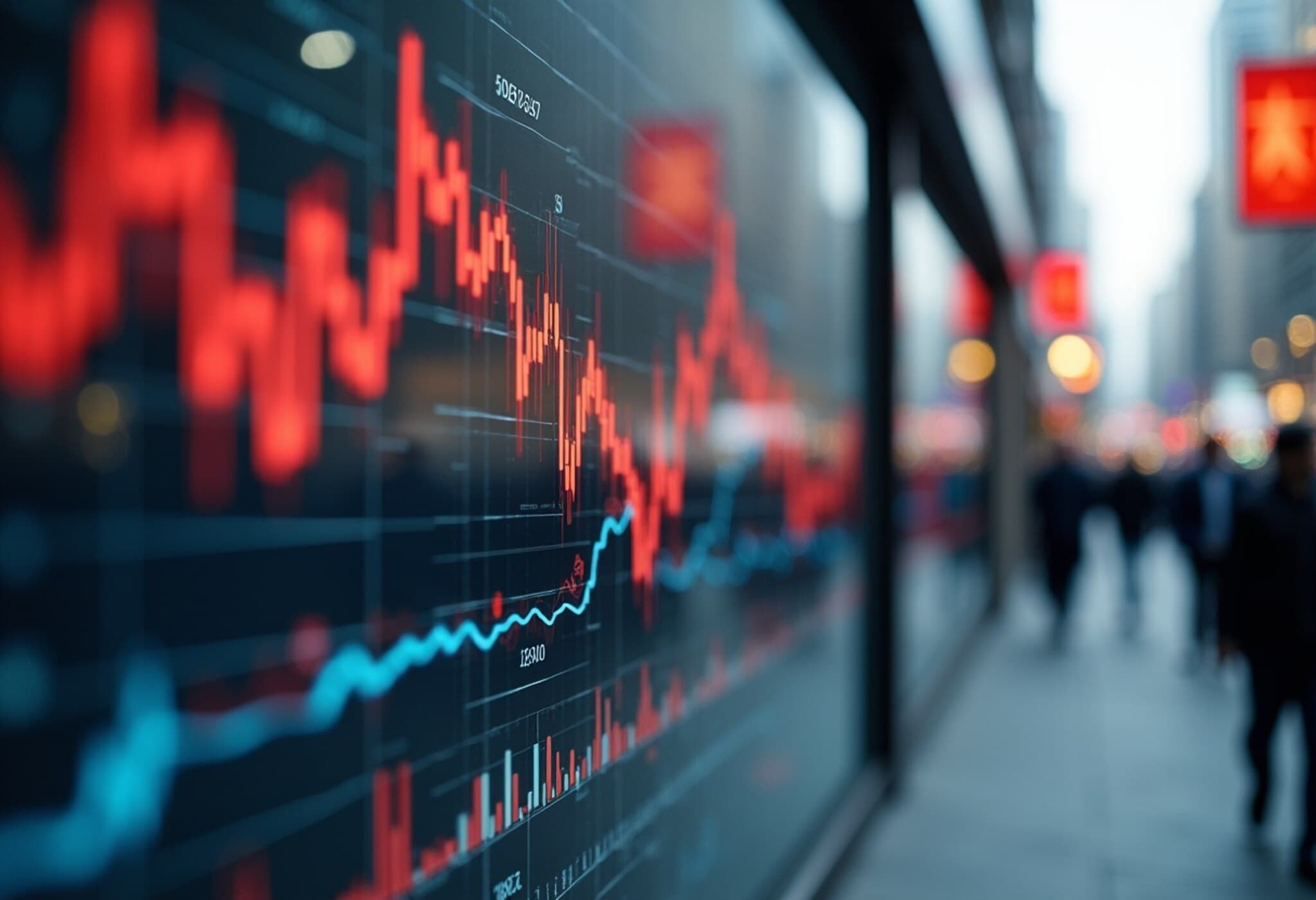Japan’s Strategic Shift in Rare Earth Supply Chain Resilience
Japan has quietly emerged as a pioneer in securing its supply of rare earth minerals, a vital component for electronics, automotive, and renewable energy sectors. The turning point traces back to 2010, when China imposed a rare earth export ban targeting Japan amidst political tensions. Although the embargo lasted only two months, it sent shockwaves through Tokyo and forced a fundamental rethink of supply chain security.
Investing Beyond China: Stockpiling, Recycling, and New Ventures
Since then, Japan has adopted a multi-pronged strategy that includes stockpiling critical materials, enhancing recycling efforts, and investing heavily in rare earth mining and processing outside China. Notably, the country has partnered with Australia's Lynas Corporation, the world's largest rare earth producer outside China, signaling a decisive push to diversify sources.
Consequently, Japan’s reliance on Chinese rare earth imports has dropped significantly—from over 90% at the time of the 2010 crisis to below 60% currently, with ambitions to dip under 50% this year. This progress highlights Japan's proactive approach to mitigating risks related to China’s supply dominance.
China's Grip on the Global Rare Earth Market
China controls an estimated 70% of global rare earth mining and refines nearly 90% of the world's supply. This dominance has become an acute strategic concern for many Western nations, especially as demand for these critical minerals surges alongside the growth of electric vehicles, green technologies, and advanced electronics.
Yet, escaping China’s influential orbit remains challenging. Heavy rare earth elements, essential for high-performance magnets and electronics, are particularly difficult to source from alternatives, as these are scarcer and often require complex refinement processes mostly conducted in China.
Challenges Ahead: Heavy Rare Earths and Supply Chain Complexities
While Lynas and other international players have made strides, their outputs of heavy rare earths remain limited. Much of these elements often still rely on Chinese facilities for final processing. Recent export restrictions from Beijing further spotlight the ongoing vulnerabilities in heavy rare earth supply chains.
However, companies like Lynas have touted recent breakthroughs in producing certain heavy rare earths independently from China, signaling potential shifts in the landscape.
Impact of China’s Export Curbs on Global Industries
China’s rare earth export restrictions have reverberated worldwide, especially following tariff escalations between the U.S. and China. Automotive manufacturers in both Western countries and Japan felt the pinch—leading to production halts and strategic reassessments.
For example, Japanese automaker Suzuki temporarily suspended the production of its popular Swift model, linking the decision to restricted access to rare earth magnets. Nissan has publicly stated it is actively seeking collaboration with the Japanese government and industry partners to find alternatives and maintain production stability.
Looking Forward: Western Efforts to Break Free from Dependence
Experts argue that addressing China’s rare earth dominance requires comprehensive efforts—accelerating permits for domestic mining sites, investing in alternative materials, and boosting recycling capacities.
Europe’s rare earth production remains limited, heavily importing these minerals, primarily from China. Nonetheless, initiatives are underway: for example, a Belgian chemical company operates the largest rare earth processing plant in Europe, aiming to supply 30% of the continent’s processed rare earth needs by 2030.
According to analysts, a coordinated global push involving the U.S., EU, and allies is critical to expand a market for non-Chinese rare earths. Financial incentives like tax credits and subsidies will be instrumental in scaling these ventures, particularly as the rare earth industry currently struggles with low prices and uncertain profitability.
Conclusion
Japan’s experience serves as both a blueprint and a cautionary tale. While the country has made commendable progress in diversifying its supply sources and reducing dependence on China, the path remains complex. The geopolitical and economic stakes surrounding rare earth minerals underline the urgent need for Western nations to innovate, collaborate, and invest in building a resilient, sustainable supply chain for the future.



